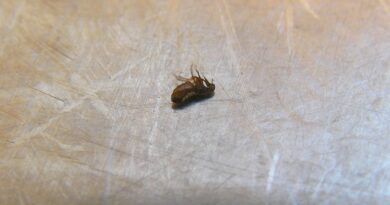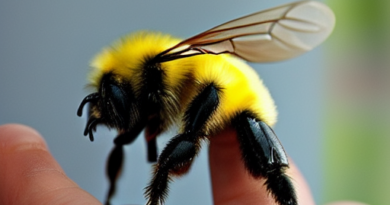Do Bumblebees Sting? The Truth About Bumblebee Stings
Can Bumblebees Sting? The Truth About Bumblebee Stings
Bumblebees are fascinating creatures that play a crucial role in pollination and maintaining the balance of ecosystems. Many people are curious about their behavior, and one common question that arises is: can bumblebees sting? In this article, we’ll delve into the world of bumblebees and uncover the truth about their stinging capabilities. Let’s explore the intriguing world of these buzzing insects.
The Bumblebee’s Defense Mechanism
Bumblebees are generally peaceful creatures that go about their business of collecting nectar and pollinating plants. However, like many other insects, they possess a defense mechanism to protect themselves and their nests. This defense mechanism comes in the form of a stinger. Yes, bumblebees can sting, but their stinging behavior is quite different from that of other stinging insects like wasps or honeybees.
How Does a Bumblebee Sting Work?
The bumblebee’s stinger is a modified ovipositor, which is the egg-laying structure found in female insects. In the case of the bumblebee, this structure has evolved into a stinger that is also capable of delivering venom. When a bumblebee stings, it pierces the skin and injects a small amount of venom into the victim. This venom contains a mixture of chemicals that can cause pain and a localized inflammatory reaction.
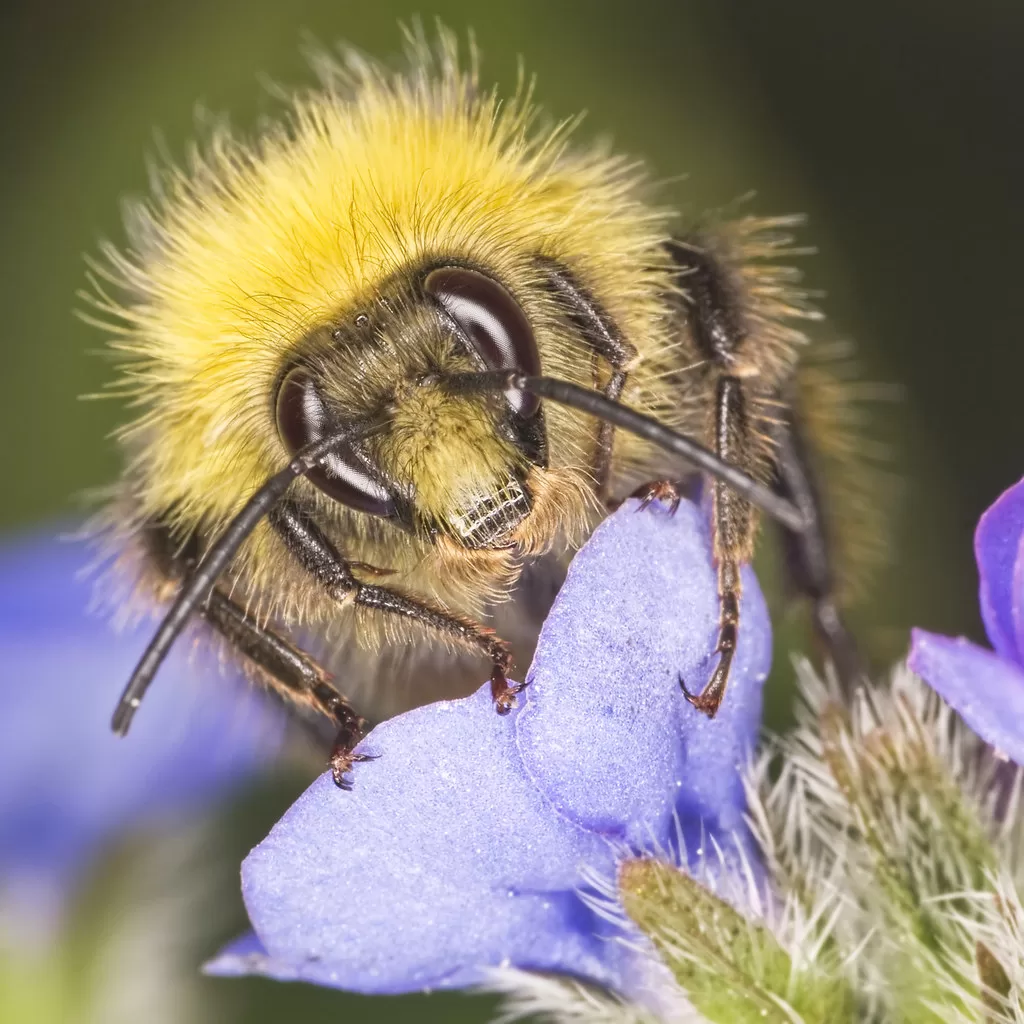
See Also: Do Bumble Bees Sting? And What You Can Do About It
Do Bumblebee Stings Hurt?
While bumblebee stings are not usually dangerous, they can cause discomfort. The level of pain experienced varies from person to person and can also depend on the individual’s sensitivity to insect stings. Most people describe the pain as sharp but short-lived, similar to a quick prick. However, individuals who are allergic to bee stings may experience more severe reactions that require medical attention.
Bumblebee Sting Allergies
It’s important to note that some individuals may be allergic to bumblebee stings, just as with other bee stings. Allergic reactions can range from mild to severe and can include symptoms such as swelling, itching, hives, difficulty breathing, and even anaphylaxis in extreme cases. If you or someone around you is known to be allergic to bee stings, it’s crucial to seek medical assistance immediately if stung.
Bumblebee vs. Honeybee Stings
Bumblebee stings differ from honeybee stings in a few ways. Unlike honeybees, bumblebees do not have barbed stingers. This means that bumblebees can sting multiple times without injuring themselves. Honeybee stingers have barbs that get stuck in the skin upon stinging, causing the stinger to be torn away from the bee’s body, ultimately leading to the bee’s death. Bumblebees, on the other hand, can retreat and sting again if they perceive a threat.
When Do Bumblebees Sting?
Bumblebees are not aggressive insects and usually only sting when they feel threatened or provoked. If a bumblebee perceives a potential danger to its nest or itself, it may become defensive and use its stinger as a last resort. Otherwise, bumblebees are more focused on foraging for nectar and pollen and are unlikely to sting without provocation.
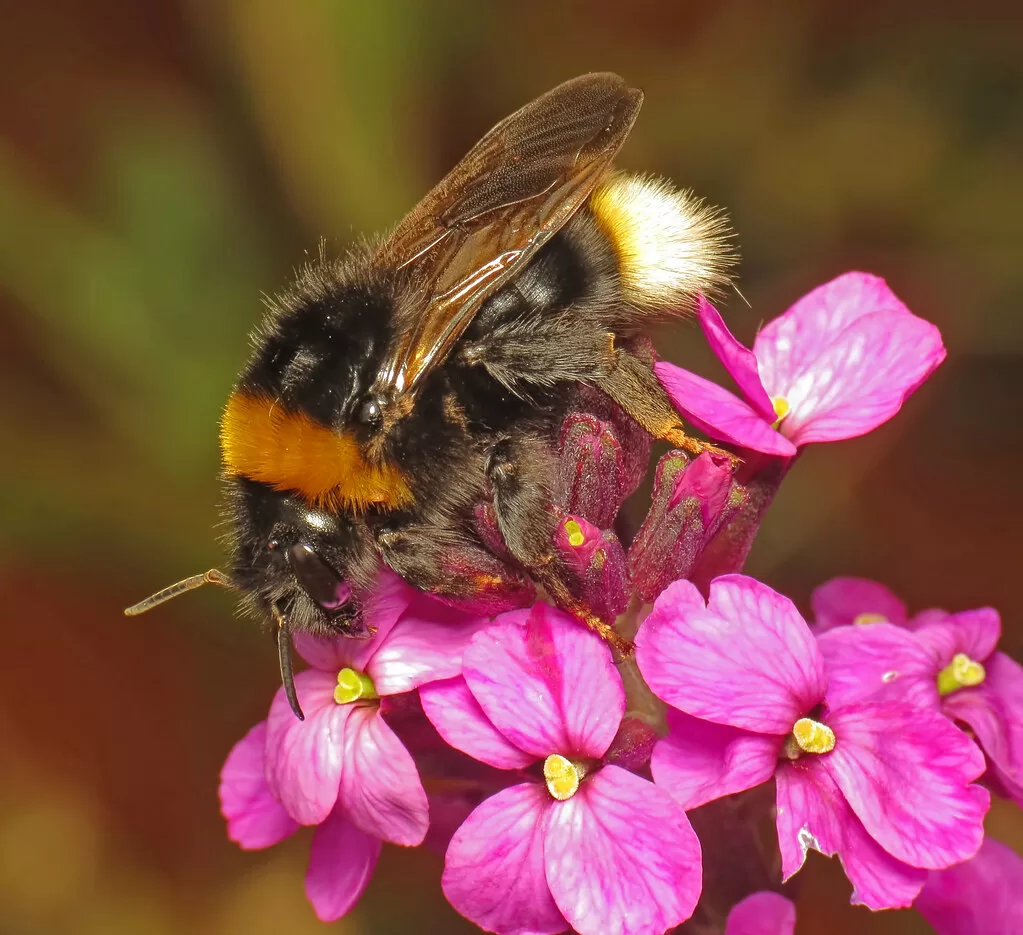
How to Avoid Getting Stung by Bumblebees
If you want to minimize the chances of getting stung by bumblebees, there are a few simple steps you can take:
1. Stay Calm: Bumblebees are less likely to sting if you remain calm and avoid sudden movements.
2. Wear Protective Clothing: If you’ll be spending time in an area where bumblebees are present, consider wearing light-colored clothing and closed-toe shoes to reduce the risk of getting stung.
3. Avoid Agitating Them: Avoid swatting at bumblebees or trying to shoo them away aggressively, as this can provoke defensive behavior.
4. Keep Food and Sweet Scents Covered: Bumblebees are attracted to sweet scents, so keeping food and sugary drinks covered can help prevent unwanted encounters.
Conclusion
In conclusion, bumblebees can indeed sting, but their stinging behavior is primarily a defense mechanism rather than an aggressive attack. The pain from a bumblebee sting is usually short-lived and mild, unless an individual is allergic. Understanding the nature of bumblebees and their stinging behavior can help us coexist peacefully with these important pollinators. Remember, respecting their space and remaining calm around them can go a long way in avoiding unnecessary stings and appreciating the vital role they play in our ecosystem.
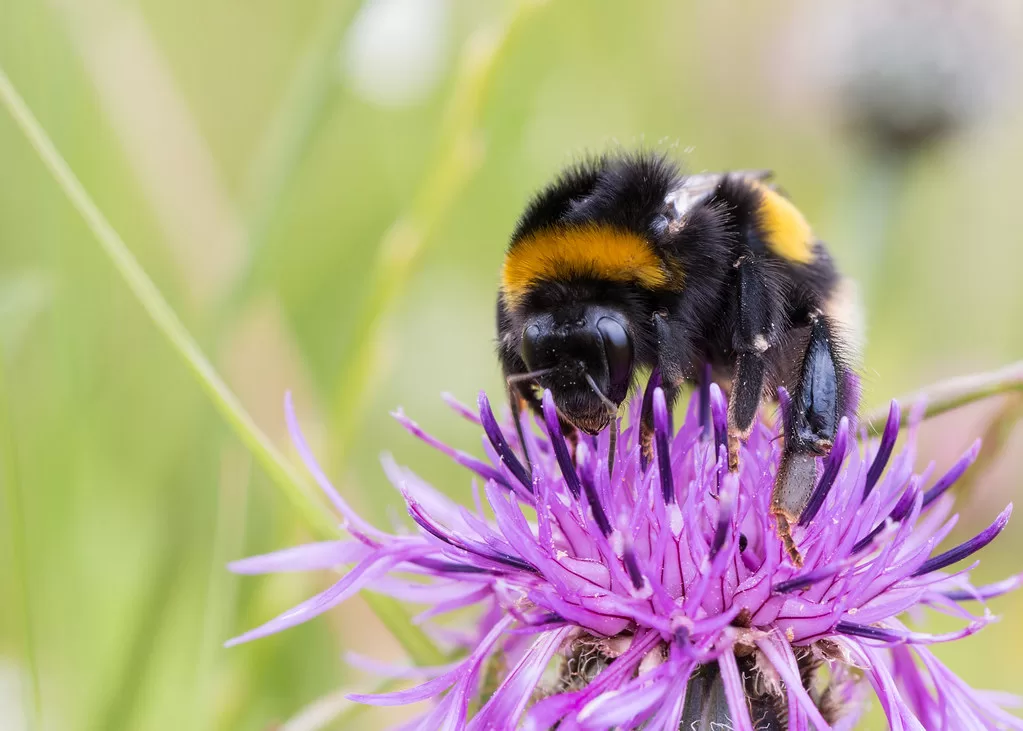
Frequently Asked Questions (FAQs) About Bumblebee Stings
1. Can bumblebees sting?
Yes, bumblebees can sting. However, their stinging behavior is primarily a defense mechanism rather than an aggressive attack. Bumblebees are generally peaceful creatures that only sting when they feel threatened or provoked.
2. How does a bumblebee sting work?
A bumblebee’s stinger is a modified ovipositor, which is the egg-laying structure found in female insects. When a bumblebee stings, it pierces the skin and injects a small amount of venom into the victim. This venom contains chemicals that can cause pain and a localized inflammatory reaction.
3. Do bumblebee stings hurt?
Yes, bumblebee stings can cause discomfort. Most people describe the pain as sharp but short-lived, similar to a quick prick. The level of pain varies from person to person and can also depend on individual sensitivity to insect stings.
4. Are bumblebee stings dangerous?
Bumblebee stings are not usually dangerous for most people. However, individuals who are allergic to bee stings may experience more severe reactions that require medical attention. Allergic reactions can range from mild symptoms like swelling and itching to more severe reactions like difficulty breathing or anaphylaxis.
5. How do bumblebee sting allergies develop?
Bumblebee sting allergies develop when the immune system reacts abnormally to the venom. The first sting may sensitize the immune system, and subsequent stings can trigger allergic reactions. It’s important to note that not everyone who is stung by a bumblebee will develop an allergy.
6. What should I do if I’m stung by a bumblebee?
If you’re stung by a bumblebee and are not allergic, you can follow these steps:
- Remove the stinger if it’s visible using a credit card or your fingernail.
- Wash the affected area with soap and water.
- Apply a cold compress or ice pack to reduce swelling and pain.
- Use over-the-counter pain relievers if necessary.
7. When should I seek medical help after a bumblebee sting?
If you’re allergic to bumblebee stings or experience severe symptoms, seek medical assistance immediately. Signs of an allergic reaction may include difficulty breathing, hives, rapid heartbeat, or swelling of the face and throat.
8. How are bumblebee stings different from honeybee stings?
Bumblebee stings differ from honeybee stings in that bumblebees do not have barbed stingers. Bumblebees can sting multiple times without injuring themselves, while honeybee stingers have barbs that get stuck in the skin upon stinging, leading to the bee’s death.
9. Can bumblebees sting more than once?
Yes, bumblebees can sting more than once because their stingers are not barbed. Unlike honeybees, bumblebees can retract their stingers and sting again if they perceive a threat.
10. How can I avoid getting stung by bumblebees?
To minimize the chances of getting stung by bumblebees, consider the following tips:
- Stay calm and avoid sudden movements around bumblebees.
- Wear light-colored clothing and closed-toe shoes when in areas where bumblebees are present.
- Avoid swatting at bumblebees or agitating them.
- Keep food and sweet scents covered to prevent attracting bumblebees.
11. Why are bumblebees important despite their stinging behavior?
Bumblebees are vital pollinators that play a crucial role in maintaining ecosystems and agricultural productivity. Their pollination activities contribute to the growth of fruits, vegetables, and other plants, making them essential for biodiversity and food production.
12. How can I coexist peacefully with bumblebees?
Respecting bumblebees’ space and understanding their behavior can help you coexist peacefully with these important insects. Avoid disturbing their nests and practice calm behavior when they’re nearby to reduce the risk of stings and support their essential pollination efforts.
Enjoyed this article? You may also like:
Do Bumble Bees Sting? And What You Can Do About It
Do bees have knees? Facts Behind Bees Knees
Does Febreze kill Ants? Things You Need to Know
Do Ants Poop? The Fascinating answer to one of nature’s most puzzling questions!


